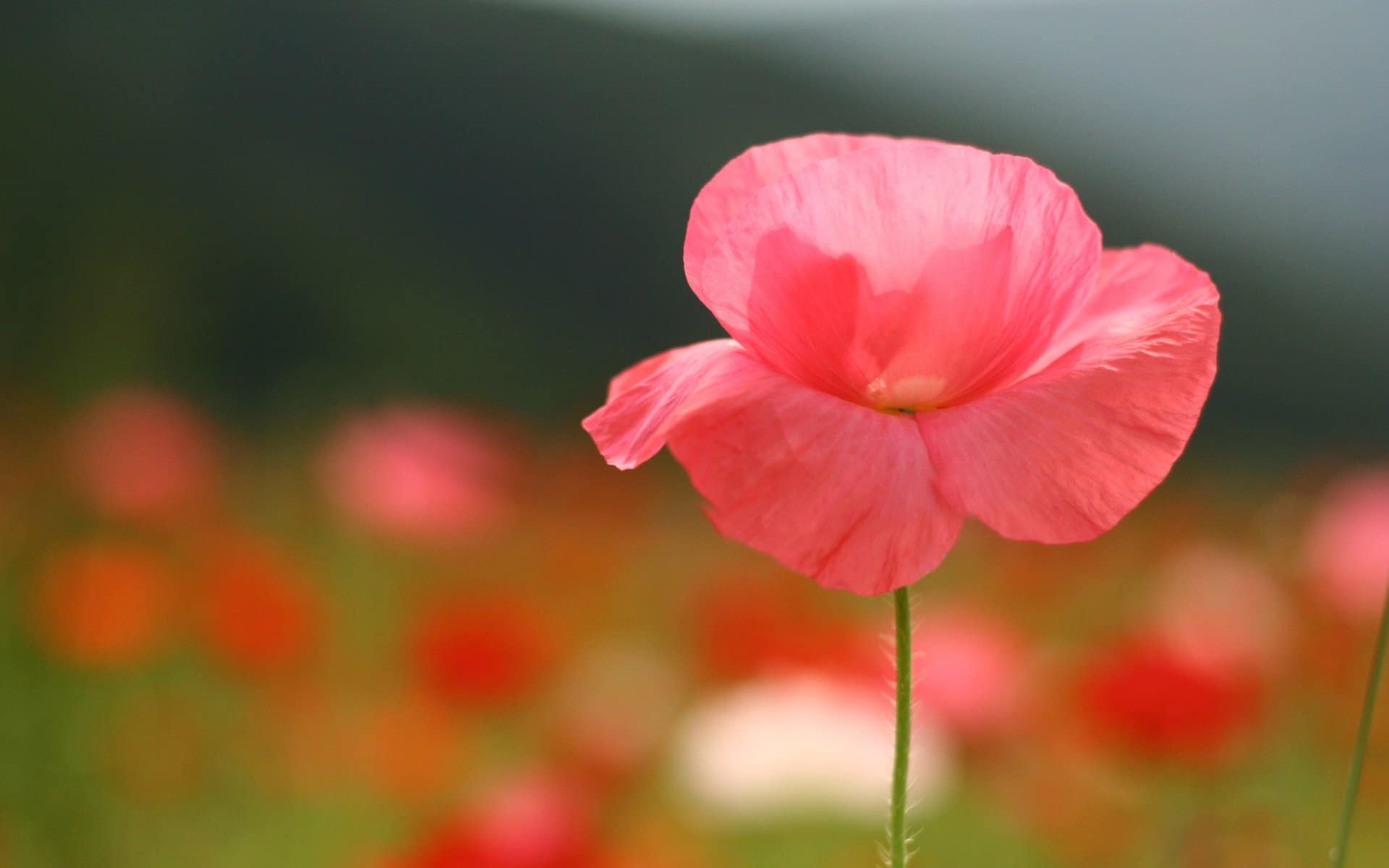Have you noticed how many photographers are fascinated by the natural world and nature photography?Even if they specialize in another genus, few can resist a beautiful flower or a branch of autumn leaves. One of the best things about nature photography is that it is very accessible, you do not have to travel far to find it, because it is everywhere, and that is why you may not notice these natural beauties, since you see them every day, also prevents you from realizing that your own backyard can be full of photographic treasures.
Flowers and leaves are often the first thing that comes to mind when looking for subjects to photograph nature in our gardens. They offer a wide variety of colors, shapes and textures for your photography.
You can make a one-color collection or try to find leaves and flowers as variedly as possible.
When summer flowers die, fruits and cereals are a way of providing food to birds and other animals during the colder months of the year.
Many cereals and seeds appear in late autumn, making the winter garden more colorful so you can photograph nature.
Citrus fruits also appear in winter and brown branches give way to colorful oranges.
Raindrops are beautiful through the lens. Try to photograph them from different angles and with different lighting. When you only photograph one drop, isolate it while keeping the background blurry. You can do this by keeping the water droplets away from the bottom with a large opening to ensure blur. Raindrops, studies the behavior of water: how it stays in some types of leaves and how it is dispersed in others.
Mushrooms and fungi appear in abundance mainly in winter, but some species appear throughout the year, after rains. To photograph nature and include them in the framing, look for wet and wet areas, next to trees and piles of leaves.
If you have trees and shrubs in your garden, be sure to point your lens upwards to record the beauty of God’s branches and leaves; and downwards, to record the melancholy of dried and fallen leaves.
Notice how the leaves change from a green color to a dark green in summer; brown in the autumn until the trees fall in winter. Capturing these moments is one of the most fun parts of nature’s photography: photographing its transition.
We usually imagine color photographs when we think about photographing nature, but we don’t reject the idea of black and white, nature offers sculptural shapes and contrasting textures that offer fantastic black-and-white photographs.
Your backyard is the best place to try new effects and techniques as a photographer, one of which is the brightness caused by the sun.
First of all, you can get used to how things look at different times of the day and in different seasons, second, you don’t have to walk much, so you can act in moments of surprise without too much effort. Something amazing to photograph while having a coffee in your pajamas, you don’t even need to dress up smart to record it with your digital camera.
Your garden will be full of small animals like slugs, insects and spiders all year round. Explore his miniature mute and record it with your camera!

